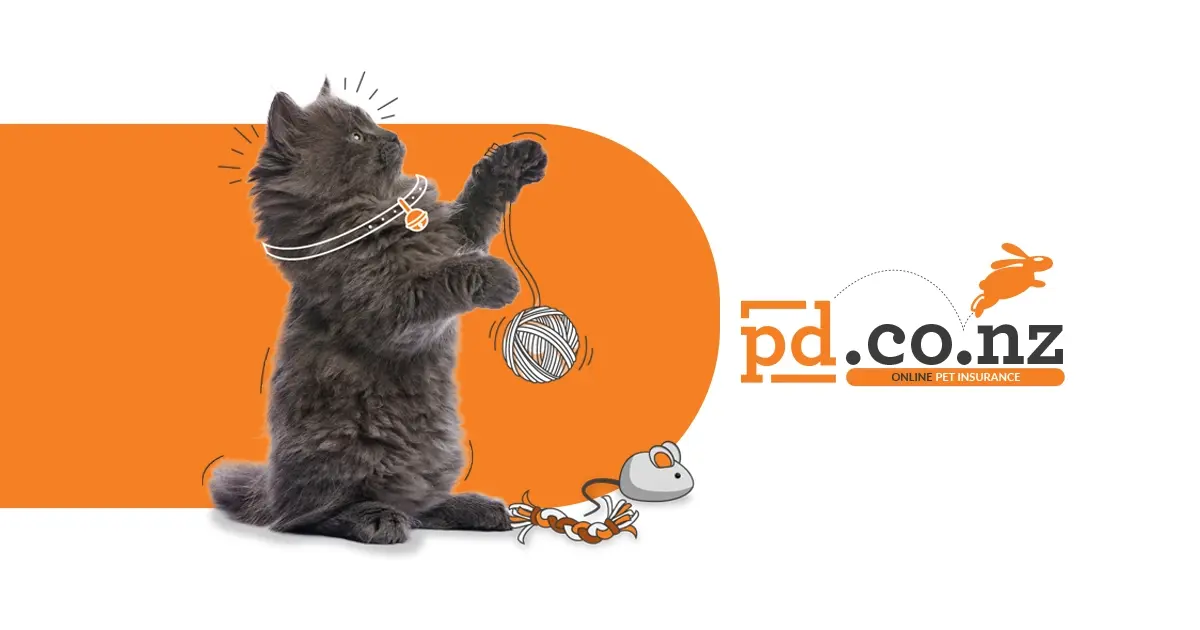If your cat is frequently pawing at, rubbing, or squinting them or its eyes appear unhealthy, there may be an underlying problem. Evaluating your munchkin’s eye health and identifying signs of eye illnesses will enable you to address problems early on, preventing them from worsening.
Note that eye complaints are as prevalent in young kittens as they are in grown cats. Consider being prepared with kitten insurance NZ so your furry little one is covered for basic health benefits during unexpected illnesses and medical emergencies. Contemplate purchasing cat insurance so your feline gets the medical care it needs during testing times of health.
In the meantime, read this article to learn the basics of cat eye care to ensure your furry companion’s eye health.

Cat eye care
Basic cat eye care at home involves a few simple practices to help maintain your pet’s eye health. Here are some tips –
1.Regular observation
Look for any changes in appearance, such as redness, cloudiness, discharge, or swelling. Early detection of problems can prevent them from advancing to a chronic stage.
2.Gentle cleaning
If there is little discharge or debris around your kitty cat’s eyes, use a clean, damp cloth, or a specifically designed eye wipe to wipe away any buildup gently. Use fresh ones for each eye to prevent cross-contamination.
3.Use gentle items
Don’t use harsh chemicals, soaps, or human eye drops for cleaning. They can irritate your kitty cat’s eyes and potentially cause harm. Stick to water or a vet-recommended eye cleanser.
4.Trim the fur around the eyes
Long fur around your kitty cat’s eyes can trap dirt, debris or even irritate the eyes. Use blunt-tipped scissors or seek professional grooming assistance to carefully trim fur grown around the eyes, keeping it at a manageable length.
5.Prevent self-inflicted injuries
Some kitties may excessively scratch or paw at their eyes due to discomfort or irritation. In the case your furball injures itself, consider using a cone-shaped collar to prevent further injury until you can seek veterinary care.
6.Regular vet care
Schedule routine checkups with your vet for thorough eye examinations and address any concerns earlier. They may recommend specific treatments, medications, or preventive measures based on your kitty’s individual needs.
Basic at-home care can help maintain your cat’s eye health, but it’s vital to visit a vet if you notice significant changes, persistent issues, or have concerns about your cat’s eyes.
How to know if there is a cat eye issue?
Distinguishing between a normal cat’s eye and a cat’s eye affected by a disease can be vital for identifying potential health issues.
The pupils of a healthy cat’s eyes should be of equal size and react to changes in light by constricting or dilating accordingly. The whites of the eyes, known as the sclera, should be white or slightly off-white.
On the other hand, a cat’s eye affected by a disease may exhibit various abnormal signs. These can include –
- Cloudiness or opacity
- Discoloration
- Excessive tearing or discharge
- Swelling or redness
- Squinting or blinking
- Unequal pupil size
- Visible third eyelid
Proper diagnosis and treatment at the right time can help minimize health risks. Consider kitten insurance in NZ as well, so your feline will be able to access quality medical care at minimal cost. Contemplate purchasing cat insurance to cover much of the costs resulting from unexpected vet visits.